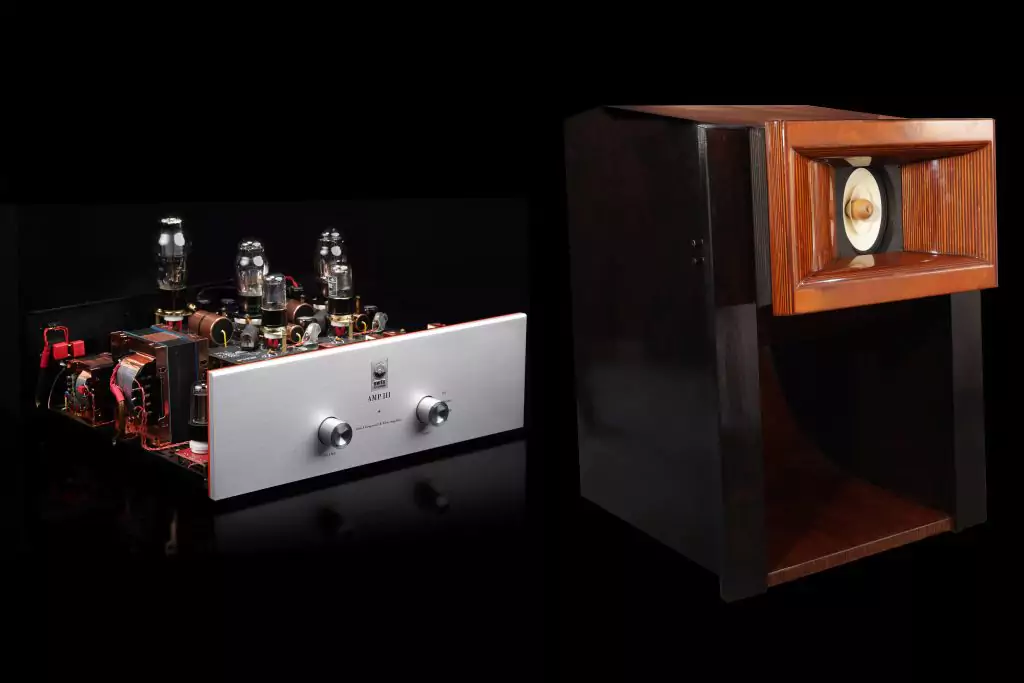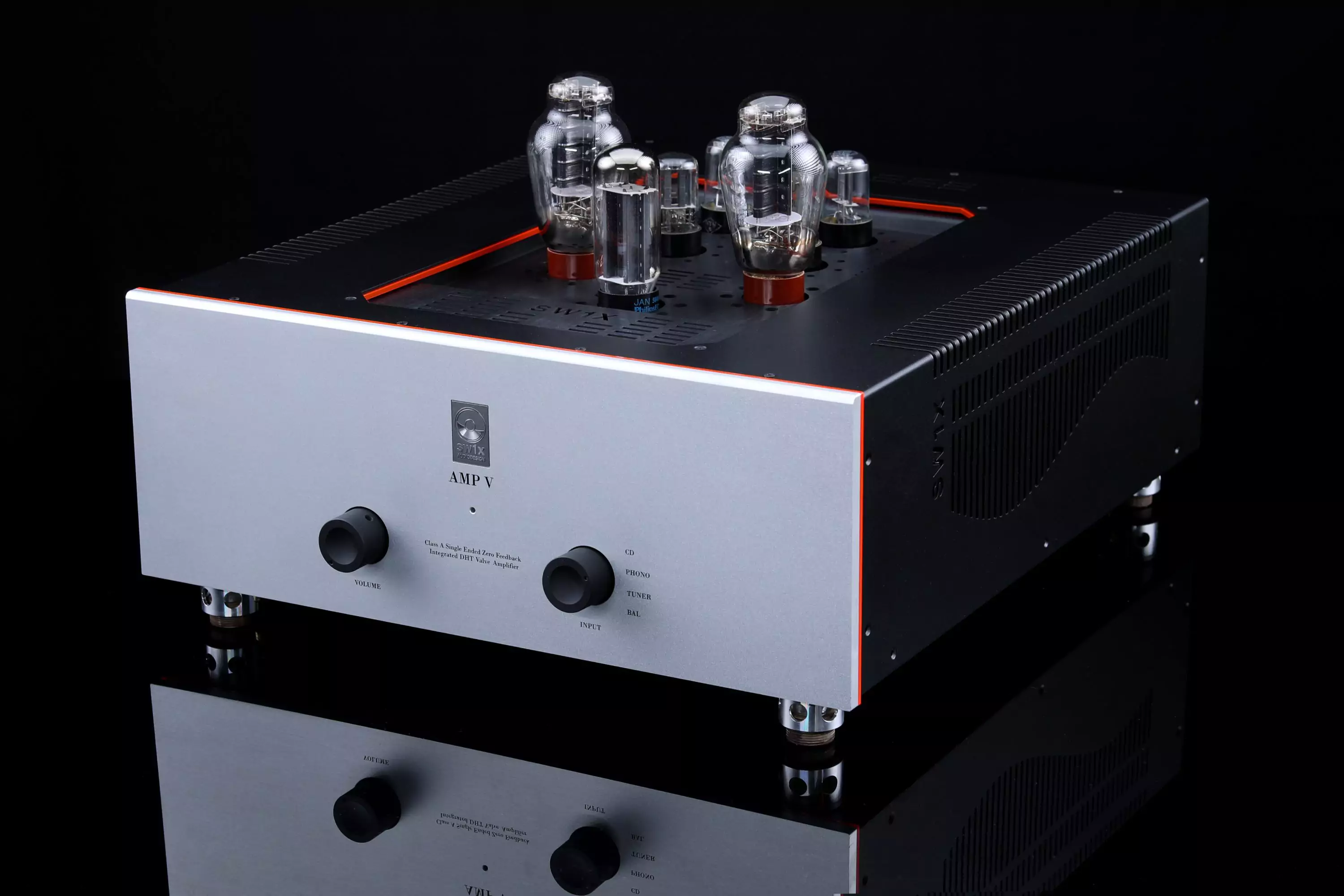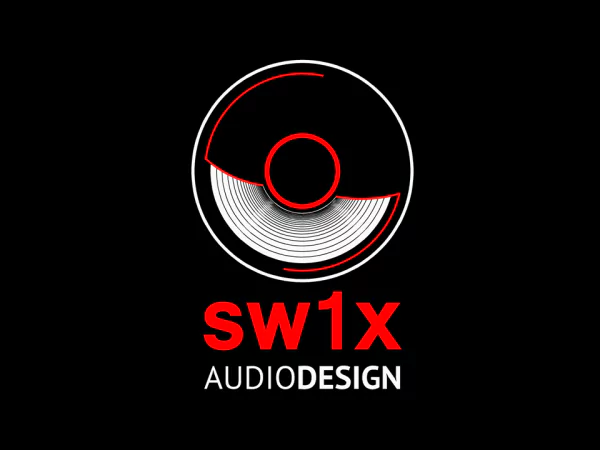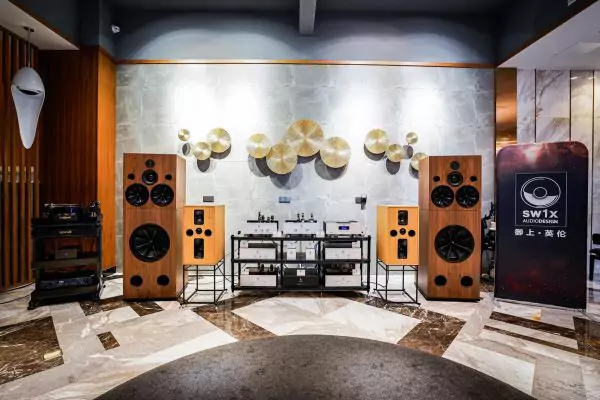What is the ideal Power Amplifier for your Speakers?
When it comes to power amplification, i.e. driving high loads and high amplitude signals of speakers, the correct matching of amplifiers to speakers is everything. There is a theory and then there is practice.
In theory, there is a relationship between sound pressure level and required power:
Sound Pressure Level L (dB) = 10 × log (power ratio W)
This relationship translates into following:
Difference in dB = power factor required
3 dB = twice the power
6 dB = four times the power
10 dB = ten times the power
20 dB = hundred times the power
Achieving Optimal Performance: Matching Power Amplifiers and Speakers
For optimal performance, power amplifiers and speakers must not only be matched — they should be designed to work in harmony. Our power amplifiers are specifically optimized for damping, meaning they offer exceptional control over the movement of the speaker driver cone. This is achieved in tandem with our speakers, which present a flat impedance curve tailored to our amplifiers. The result is maximized power delivery and minimal energy loss.
In practice, some power loss is inevitable — caused by factors such as crossover networks and the impedance relationship between amplifier and speaker. Therefore, efficient power transfer from amplifier to speaker driver becomes critical for accurate sound reproduction. The impedance matching between the amplifier and the speaker plays a pivotal role here. The lower the damping loss during this conversion, the more effectively electrical power is turned into sound waves. This leads to a higher perceived sense of power, control, and authority in music playback. In this context, the amplifier’s damping capability — and its ability to deliver power with minimal losses — is essential.
Perception of Loudness and Psychoacoustics
In psychoacoustics, sound pressure level (SPL) correlates with perceived loudness. However, this perception is subjective and varies from person to person. Generally, a 6 dB increase in SPL is perceived by most listeners as approximately twice as loud.
Everything else equal, the perception of loudness would remain the same if we apply the relationship above to sensitivity of speakers.
Speaker sensitivity in dB/W/m = required power
83 dB = 100 W
86 dB = 25W
90 dB = 10W
93 dB = 5W
96 dB = 2.5W
>100 dB = <1W
The above can be interpret as following: In order to achieve twice as loud sound pressure one needs 4 times as much power.
Or in terms of speaker sensitivity, the difference 90db and 96db (6dB) translates itself into 4 times less power required.
MonoBlocks. Integrated Amplifiers. Loudspeakers
See the videos for more insights on the topic.
Contact Us for sales & further questions
Follow us on Facebook, Instagram, YouTube and Pinterest. Join the official SW1X Audio Club





